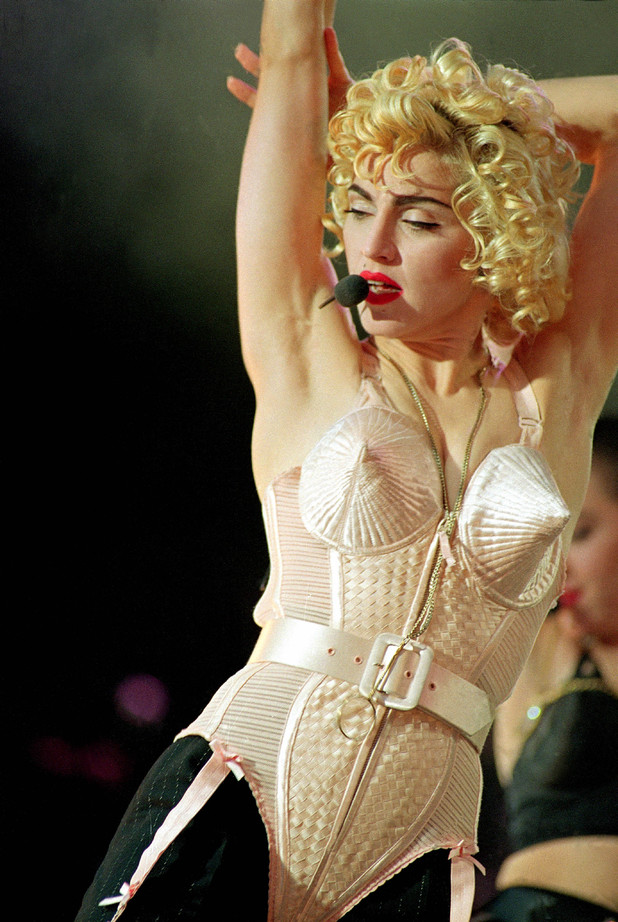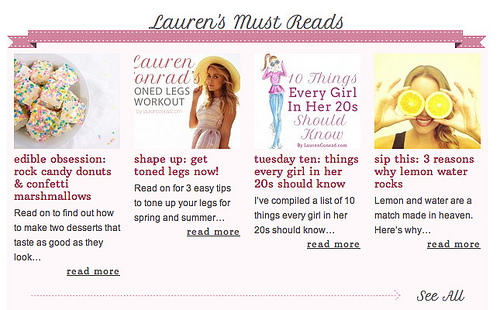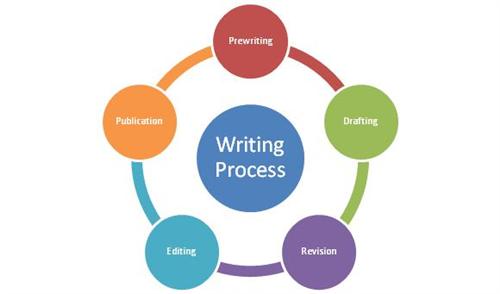“Pictures tell a thousand words” could not be more accurate for Kress and VanLeeuwen’s chapter entitled “Meaning of Composition.” They discuss the various characteristics that make up a photo, including what makes an element the centralized focus and what does not. Commonly your eyes focus on a salient element in photographs (or just about any work of art) that is meant to draw your attention.
Three principles of composition:
- Information Value: various elements are attached with specific informational values for the various “zones” à top and bottom, left and right, center and margin
- Salience: the elements are made to attract the viewers’ attention to different areas such as placement in the foreground and background, relative size, contrasts in tonal value, differences in sharpness, etc.
- Framing: the presence of absence of framing devices connects or disconnects elements of the image, determining whether they belong together or do not belong together
The Dior Ad Campaign, shown above, incorporates all elements described thus far. In the ad, the light coming from the higher “heavenly” dimension pulls the salient Marion Cotillard, who is “connected” (framing) with the Dior handbag, into the light while the man attempts to pull her into the darkness (the disconnected character). The focus remains on the two characters clothed in dark garments due to the pale city scene in the background. Ultimately, the man fades into the distance as if to say that Dior’s purses dominate over the importance of any man (which I mean, duh).
Another way of looking at photographs is the way the images position themselves in the photos. The image left of center portrays a man who wants his woman to follow him into reality (his body leans toward the city), which is the “Given” portion of the image. Historically, men present a sense of dominance and guide their women (and yes I mean that like possession) towards their own selfish desires (or at least this used to be the archetypal man). The image at the right of center presents the “New” portion of the image. Marion is turned away from the man and follows the light coming from the upper right hand quadrant, or the heavenly portion of the ad. The choice she makes of the handbag, while neglecting him, is a new age idea that shows independence, strength, and the courage to be alone.
The “Ideal” concept also comes into play, where Marion chooses the present ideal of independence (and a handbag) over the old stigma of having the security of a man. His face and body begin to fall into darkness while the light of the upper right corner pulls Marion further away. Dior depicts a progressive ad here, where a woman appears to choose her own desires over those of a man.
Source of image: http://www.fashionadexplorer.com/l-dior–c-ad-campaign









